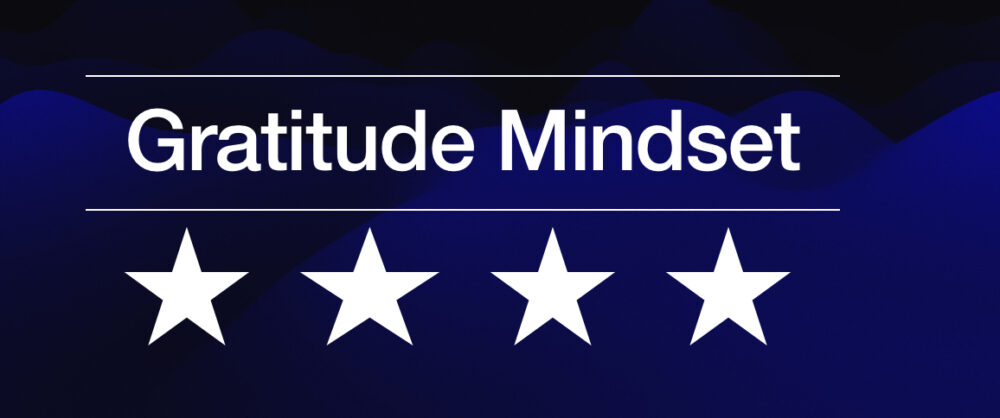“Learn to be thankful for what you already have, while you pursue all that you want.” —Jim Rohn
Gratitude makes you feel good and there are concrete benefits to being grateful that translate into real-world prosperity and well-being. And, habits that cultivate gratitude benefit everyone.
Pam Grout, author of Thank and Grow Rich: A 30-Day Experiment in Shameless Gratitude and Unabashed Joy says that “Gratitude is causative energy. It plants seeds that grow into unlimited abundance.” She points out that being thankful can increase many different kinds of capital: financial, spiritual, social, creative, even adventure capital!
Gratitude opens the door for good results in every area of life. Not only can gratitude can increase your financial wealth, it increases your well-being spiritually, mentally, socially, and physically. This equates to wealth and makes for a truly rich life!
Successful business owner May McCarthy describes in her book, The Path to Wealth, how her own gratitude practice has led to increased spiritual connection, prosperity, and a well-honed intuition.
A growing body of research suggests that maintaining an attitude of gratitude can improve psychological, emotional and physical well-being.
Adults who frequently feel grateful have more energy, more optimism, more social connections and more happiness than those who do not, according to studies conducted over the past decade, writes Melinda Beck in the Wall Street Journal.
Research over the last several years has shown overwhelming benefits. The Wall Street Journal reports that an attitude of gratitude can help people experience more energy, greater optimism, more social connections, and more happiness.
In Berkeley’s Greater Good Magazine, gratitude researcher Robert Emmons says that those who practice gratitude consistently:
- are more helpful, generous and compassionate
- are more forgiving of others
- experience greater joy and pleasure
- are more outgoing and less likely to feel lonely or isolated
- have stronger immune systems
- experience fewer aches and pains
- report lower blood pressure and
- sleep more soundly.
References:



